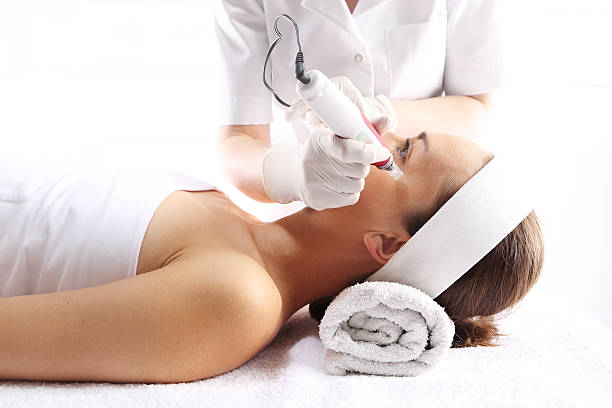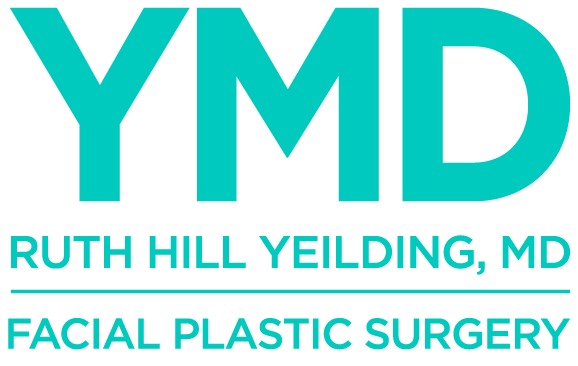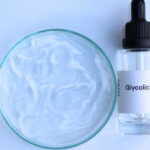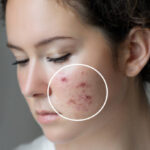If you’ve ever Googled ways to improve your skin texture, fade acne scars, or restore your glow—chances are, two popular treatments have popped up: microdermabrasion vs microneedling.
At first glance, they may seem similar. Both are minimally invasive, performed at skincare clinics, and promise smoother, fresher-looking skin. But beneath the surface (quite literally), these two treatments work in very different ways.
So how do you know which one is right for you?
Let’s break it down in a way that actually makes sense—no jargon, no fluff—just real information to help you make a confident decision.

What Is Microdermabrasion?
Microdermabrasion is often called the “lunchtime facial” because it’s quick, non-invasive, and gives your skin a noticeable boost with minimal recovery.
During the procedure, a professional uses a special device with a diamond tip or fine crystals to gently exfoliate the outermost layer of your skin. This helps remove dead cells, unclog pores, and reveal a fresher layer underneath.
What It’s Good For:
- Mild pigmentation
- Uneven skin tone
- Dullness or rough skin texture
- Blackheads and clogged pores
- Fine lines (very mild)
It’s like hitting the reset button on the surface of your skin.
What Is Microneedling?
Microneedling, also known as collagen induction therapy, is a bit more advanced. It involves using a device with tiny sterile needles that create micro-injuries in the skin. This sounds scarier than it is—most people describe the sensation as mild pressure or vibration, and numbing cream is usually applied beforehand.
These tiny pricks stimulate your body’s natural healing process, encouraging the production of collagen and elastin, the proteins that keep your skin firm and smooth.
What It’s Good For:
- Acne scars and pitted texture
- Fine lines and wrinkles
- Large pores
- Stretch marks
- Overall skin rejuvenation
Microneedling doesn’t just work on the surface—it repairs your skin from within.
How Do They Work Differently?
Let’s put it simply:
| Feature | Microdermabrasion | Microneedling |
| How it works | Exfoliates the top layer of skin | Stimulates healing by creating micro-injuries |
| Depth of treatment | Superficial (epidermis only) | Deeper layers (dermis – collagen stimulation) |
| Pain level | None – just a sandy feeling | Minimal – numbing cream helps |
| Downtime | None to minimal | Mild redness for 1–3 days |
| Sessions needed | Regular monthly for maintenance | 3–6 sessions for lasting results |
| Skin goals | Brightening, exfoliation | Texture repair, scarring, rejuvenation |
Let’s Talk About Results
Microdermabrasion Results:
If you’re looking for a quick glow, microdermabrasion is a great go-to. It’s perfect before a special event or when your skin just needs a refresh. You’ll leave the clinic with skin that feels smoother and looks more radiant.
But—because it works only on the surface—the results are temporary. Think of it like a really effective scrub session, not a permanent fix for deeper skin concerns.
Microneedling Results:
Microneedling is a long-game treatment. It won’t give you dramatic overnight changes, but over a few weeks—and especially with a series of sessions—you’ll start to notice:
- Softer acne scars
- Smoother, firmer skin
- Fewer fine lines
- A real improvement in overall skin texture
And the best part? Your skin keeps improving for weeks after each session, because collagen continues to rebuild.

Which One Is Safer?
Both treatments are generally safe when done by licensed professionals. But here are a few things to consider:
Microdermabrasion is gentler and safe for most people, but it may not be suitable for very sensitive skin or active rosacea.
On the other hand, Microneedling is safe for all skin tones and types, especially since it doesn’t involve heat or harsh chemicals, but should be avoided during active acne breakouts or skin infections.
Avoid at-home DIY kits for either—especially for microneedling. Without sterile tools and professional technique, you risk scarring, irritation, or infection.








